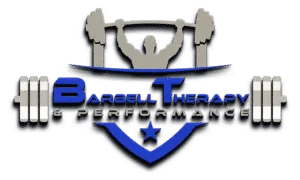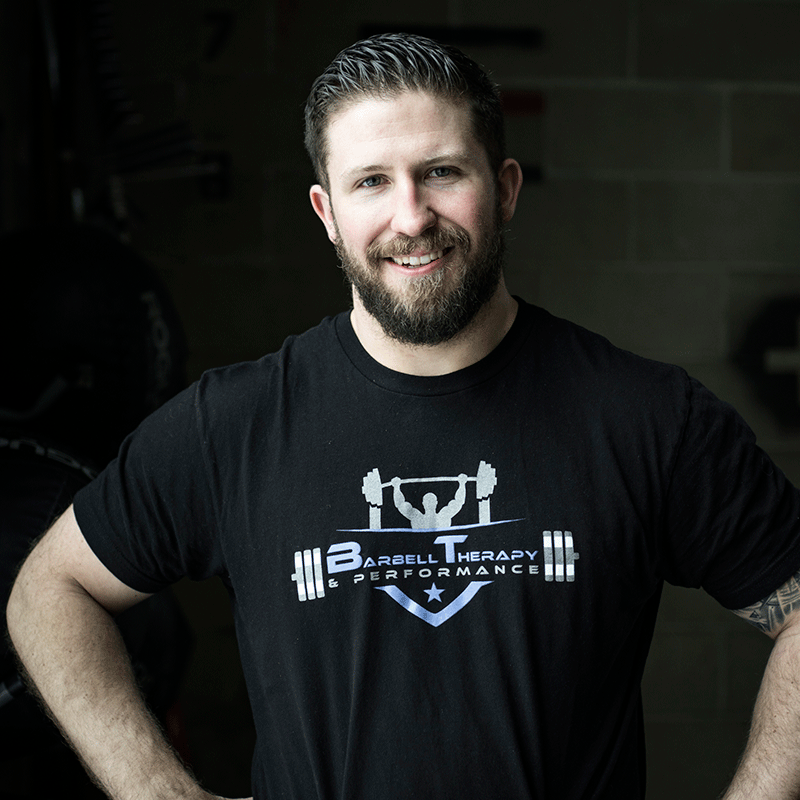First of all, what even is Single leg training? No, not just standing on an Airex pad and attempting to balance; there is a time and place for that, but we aren’t talking about that here. There are two versions of single-leg training in mind for me; the first is true single-leg training where only one foot is on the ground at a time. This includes single-leg deadlifts, pistol squats, and skater squats. Next, we have more “split-pelvis” variations of single leg work, such as split squats, rear foot elevated split squats, and kick-stand deadlifts, when the secondary leg may not be weightbearing as much as the primary leg, but can still be used for some balance and support.
There are huge benefits to single leg and split pelvis training. The first main benefit is improvements in lower extremity strength. My eyes were initially opened to this by spending time in Devan McConnell’s weight room as a wide-eyed Sports Performance intern at UMass Lowell. There, I saw hockey and field hockey players RFE split squats more than twice their body weight. Multiple players on the men’s ice hockey team were RFE’ing more than 400 pounds on each leg. I was dumbfounded. Devan went on to explain to me what Bilateral Deficit was. Essentially, these men and women could move more weight using single-leg variations of squats and deadlifts than their bilateral counterparts… and most of the time, they were considerably safer from a biomechanical standpoint.
Now I hear all the powerlifters in the back row getting ready to throw tomatoes at me because they think I’m saying RFE squats are better than their god given barbell back squat… relax, I still love watching powerlifters and Olympic lifters squat big too. But there is an eye-opening amount of efficacy for including single leg work in a strength athlete’s program. Single leg work can fill a lot of gaps that big rock lifts like back squatting and deadlifting leave a little to be desired.
Single leg training will have remarkable benefits for helping athletes, general fitness clients, and rehab patients improve their balance. When we have only one foot on the ground, our base of support instantly becomes smaller and forces us to keep a tighter handle on our center of mass, otherwise we fall over. By putting clients or patients on one foot, we are forcing them to rely on half the somatosensory input they are used to and will help coordinate the corresponding vestibular and visual components of balance. This is why initially it’s ok (and sometimes encouraged) to have patients lock onto one spot to visually focus on when first starting off with single leg work. Single leg work will also give patients and athletes alike improved sensory context as to how much they can get away with leaning and weight shifting.
The first time someone does single leg work they might say, “Oh my goodness, my glutes and ankle muscles are on fire!” Bingo… a lot of the smaller ankle muscles that aren’t usually targeted or strengthened have to work double-time when in a single-leg stance. Ankle strategies are a primary balance response when we feel like we may fall. Those hip muscles are firing to help stabilize us and if needed, take a step in a safe direction to keep us from falling. And guess what powerlifters, these muscles getting stronger means you will feel more comfortable in your most vulnerable positions when training. So think twice before you skip your single-leg deadlifts with the 36-pound kettlebells because it isn’t as sexy as a 500-pound rack pull.
Next is volume and recovery. Single leg work tends to be less taxing on the body as a whole when loaded appropriately. It is far easier to recover from. This makes it a great option for someone who needs to build work capacity in their legs and doesn’t tolerate medium to higher volumes for bilateral barbell work.
Single leg training and higher volume phases should line up perfectly for programming lifters when in GPP training phases, as it is far away from competitions or meets. The closer lifted get to meet day, single leg work can be weaned out of the program to focus on heavier bilateral movements that may require more energy to recover from.
Lastly, as we all age (hopefully gracefully) we will have to be good at getting up off the ground. God forbid we do have a fall, we better be comfortable going from a half-kneeling position to standing. I’m lucky that at Barbell Therapy we have Jiu-Jitsu and gymnastics mats to practice getting up and down off the floor with some of our patients. Split squats and staggered stance chair squats (think a building block to a pistol squat) are awfully helpful and confidence-building for a 65-year-old patient who wants to make sure they can quickly get off the floor and check on their grandchildren.
At Barbell Therapy, we use single-leg training for nearly all populations because it can benefit almost everyone to a degree. PowerLifters who are in pain and need more intelligent programming or an active adult with cranky knees, it is about knowing how to dose the single-leg work appropriately in order to best benefit the individual. Don’t start giving everyone RFE split squats cus I said how great they are… or do haha. Knowing why someone would benefit from single-leg training and which variation is most appropriate for them is a skill honed with practice. We always want patients and athletes alike to be successful but challenged.


